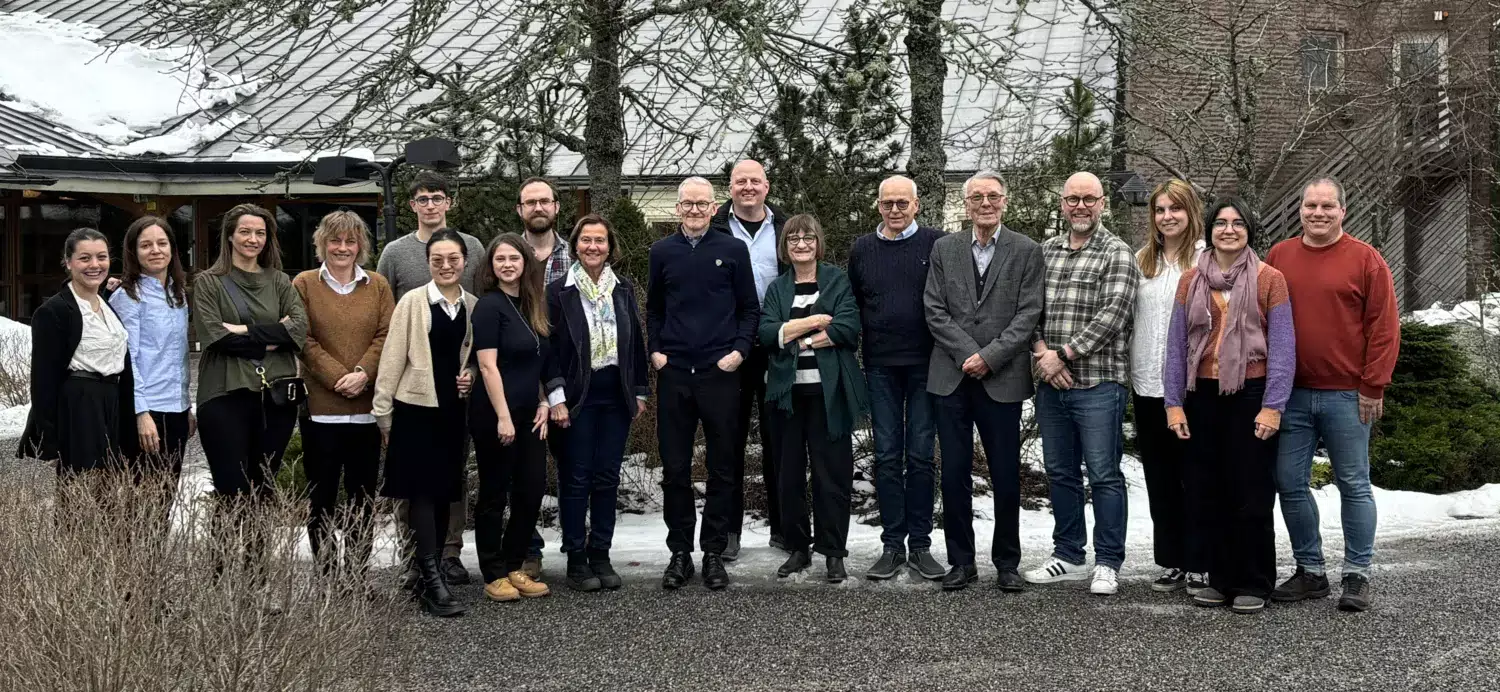
The research group is located at Marianne Bernadotte Center, Eye Center of Excellence and St. Erik Eye Hospital in Solna. The research in the group ranges from experimental models of humans and animals to clinical patient research. At our laboratory, we have several different methods for eye movement measurements and eye movements are extra exciting as eye movements have something to tell us about what vision does and how the brain works.
The research within the group can be divided into the following thematic areas:
Pediatric ophthalmology
Acquired cerebral visual impairment
Early detection of dyslexia and neurological diseases with eye tracking
Neural mechanisms of visuo-vestibular integration
In the research project tab, a couple of typical projects are presented very briefly under each theme
